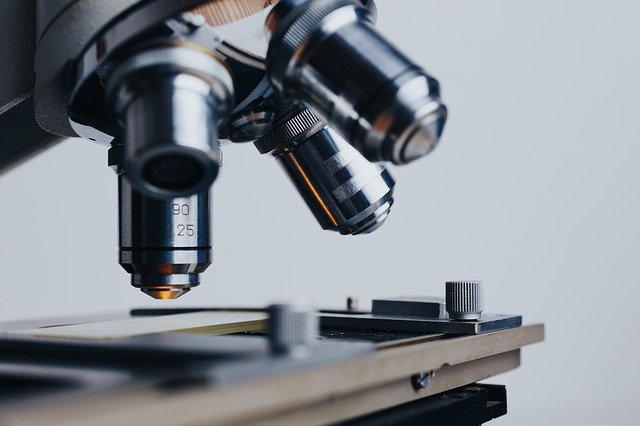For decades, measurements of the universe’s expansion have suggested a discrepancy known as the Hubble tension, which threatens to transform cosmology. But a new method suggests the tension may not exist after all
Ben Giles
WENDY FREEDMAN is staring down the universe. For 40 years, she has been digging into the biggest secrets of the cosmos, patiently whittling down uncertainties to find the value of a number that defines the expansion of the universe, determines its age and seals its ultimate fate.
Freedman, who works at the University of Chicago, studies the Hubble constant, a number that represents how fast the expansion of the universe is accelerating. We have known about this escalating expansion since 1929, when US astronomer Edwin Hubble found that the more distant an object was, the faster it seemed to be moving away from us.
That is when things got tricky. Pinning down the numbers requires accurate measurements of astronomical distances. In Hubble’s era, astronomical images were taken by shining light through a telescope onto a photographic plate. Calculating distances from those images was difficult and imprecise.
In the 1980s, as Freedman was finishing her PhD, digital photography was getting ready to revolutionise astronomy as a whole, and measurements of the Hubble constant in particular. “That’s really what spurred me,” says Freedman. In the decades since, her work has been key to the development of the Hubble tension – the perplexing way that the two main ways of measuring the Hubble constant give us different values.
Now, after Freedman has spent decades focusing on this problem, something curious is happening. Her newest results suggest there may be no problem after all. If this is the case, it will render pointless decades of work exploring new physics that could explain the discrepancy. Luckily, Freedman isn’t afraid of a little controversy.
The Hubble constant …

